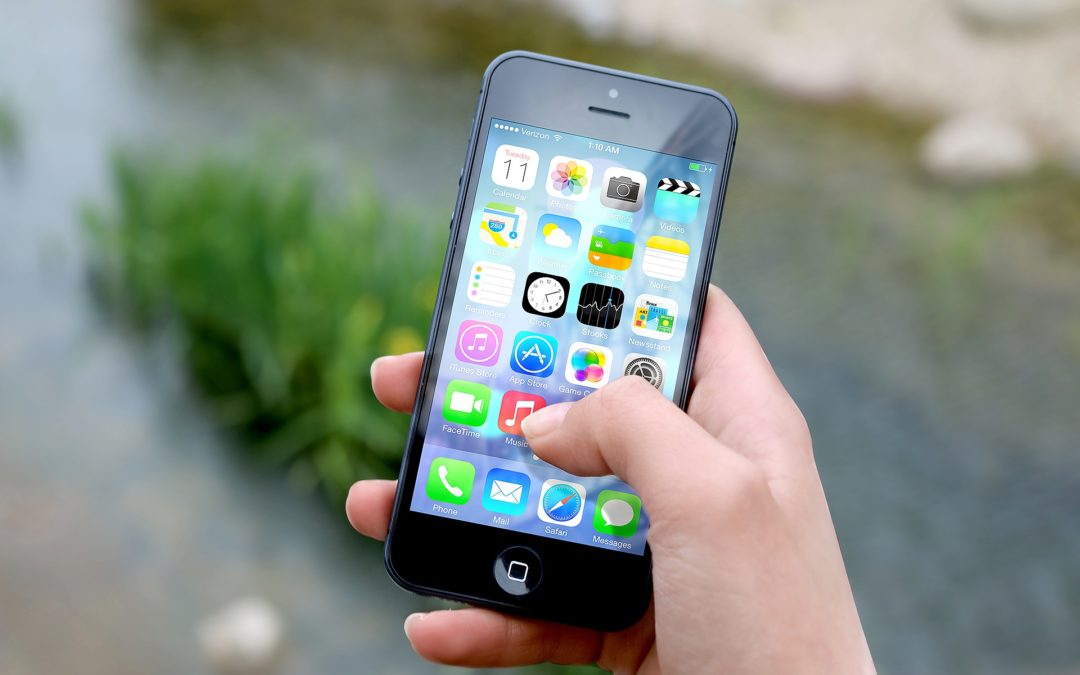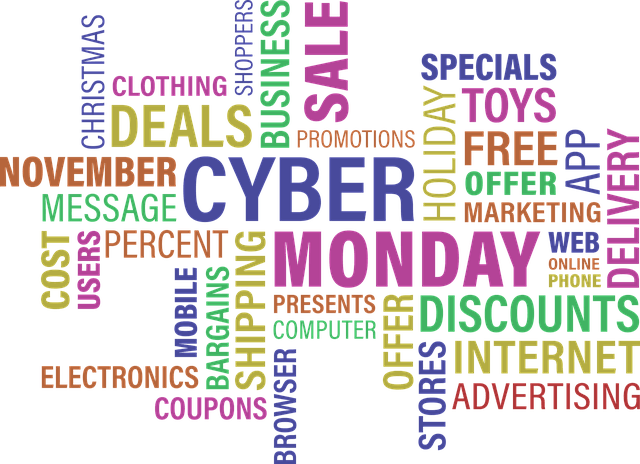
by Adrian Mikeliunas | Jul 29, 2018 | Mobile Apps, Technology
Great article highlighting the best apps of this summer (so far!)
Every week at Lifehacker, we highlight four different apps and browser extensions that can do something awesome for your devices: one for each platform or major browser.
“If you want another helping hand to ensure your favorite apps stay updated-or a much larger directory of user-maintained packages to pick from-consider Chocolatey. No, not the delicious sweet, nor the command line-based app installer. Well. Sort of. The Chocolatey GUI is what you’ll want to check out, because it gives you a lovely graphical interface for installing and managing your apps, which is a lot easier to handle than a lot of command-line typing.”
Transform your favorite websites into “Desktop apps:” Web2Desk. It’s a great resource if you want to know about the best-in-class Mac apps you should install on your Mac desktop or laptop right now.
“The Windows app, cleverly titled ‘QuickLook,’ is completely free. Install it, run it, and you’ll be able to preview “certain file types”—the developer doesn’t specify—by highlighting them in File Explorer and hitting the spacebar to open up a preview. (Don’t hold it down; tap it.) And tap spacebar one more time to close the preview. It’s as easy as that
“Although there are plenty of clipboard management apps that keep a record of everything you’ve copied, and Apple’s own Continuity feature lets you access the contents of your clipboard across all of your devices, Paste 2 puts these features, and more, under one roof.”
Remove every trace of unwanted apps from your Mac: CleanApp. If you want to have a Mac that’s as free from garbage and stray files as you can get, I recommend giving it a try before you install anything else from our Mac Pack.
Source: https://lifehacker.com/our-favorite-apps-this-month-july-2018-1827928213
by Adrian Mikeliunas | Jan 28, 2018 | Mobile Apps
Brian Morgan, the author of the book, “The 12 Week Year” suggests that instead of thinking of a year as 12 months, think of it as 12 weeks.
By doing that, all of a sudden you see your goals being achieved in 12 weeks! It’s hard to plan 6 months out when you don’t know what your life will be like. However, 12 weeks is long enough to get lofty goals achieved, but short enough for us to keep a sense of urgency.

HOW DO YOU START PLANNING YOUR 12 WEEKS FOR MAXIMUM PRODUCTIVITY?
- Think about what can you do THIS week. That will help you achieve your 12 week goal. (THE ONE THING)
- Write down your tactics. These are the strategic tasks that will help you, step by step, to get closer to achieving your goal.
- Then take it a step further. If you’re a planner, write down the days and the times that you will do the tactics.
- Plan strategic blocks of time. When working in a strategic block, it’s at least one hour of you doing the tactics – and only the tactics – that will help you achieve your 12 week goals.
- When you’re in a strategic block, you need to guard it. If your tactics involve sitting down at a computer, make sure you let your family members know in advance. If emails come through, don’t get distracted. Put your phone on airplane mode or do not disturb.
Source: http://www.kellialaina.com/how-to-quadruple-your-productivity/
by Adrian Mikeliunas | Jan 20, 2017 | Mobile Apps
 There’s still some potentially massive deals to come in 2017 that may not have even been imaginable in 2016.Call it the Trump bump for tech M&A.
There’s still some potentially massive deals to come in 2017 that may not have even been imaginable in 2016.Call it the Trump bump for tech M&A.
Now President-elect Donald Trump is signaling with his transition appointments and general pro-business stance that a lot more combinations may be acceptable.
…
Further fueling merger mania, Trump is also widely expected to work with the Republican majority in Congress to slash the tax on corporate overseas profits. Companies like Apple (AAPL, +0.20%) and Microsoft (MSFT, +1.04%) have accumulated hundreds of billions of dollars in overseas profits that can’t be brought back to the United States without a 35% tax. Trump could slash the rate to 10%, providing the biggest tech companies with a lot of dough to make deals.
The most talked-about potential 2017 deal revolves around T-Mobile, the third-largest wireless carrier and the company that has added more subscribers over the past few years than the rest of the industry combined. Not only could Sprint (S, -1.11%) dream of buying T-Mobile (TMUS, -0.75%) under Trump, but big cable companies like Comcast (CMCSA, +1.32%) or Charter Communications (CHTR, +0.75%), which plan to enter the wireless market next year, may also be bidders. If the bidders want to go after a smaller target U.S. Cellular (USM, -0.91%) could be in play, as well.
…
In the era of Trump, it seems many more deals are within the realm of possibility—even ones the President-elect himself has once opposed.
Source: https://www.cnet.com/news/donald-trump-tech-telephone-taxes-tariffs-mergers-net-neutrality/

by Adrian Mikeliunas | Oct 25, 2016 | Marketing, Mobile Apps
Startups are using cross-platform mobile app development as a tool to penetrate the market and so replacing it with the native apps.
When it comes to mobile app development, then it is a great deal harder for a novice entrepreneur to figure out whether to collocate with native or with the cross-platform app development. After opting for cross-platform mobile development, you as an Entrepreneur are entitled to a reward or a prime benefit—“build once and get the app deployed on multiple platforms”
Cross-platform app development is a cost effective solution wherein you can develop an app for different platforms in much lower investment compared to the costs involved in developing native apps. Thus, it becomes extremely challenging to develop native apps using in-house resources, as you need to either train the current employees or hire new staff skilled in developing apps for different native platforms. The necessity of developers with different skill sets (iOS—based on Objective-C; whereas, Android—based on Java) is necessary since they must develop native apps on multiple platforms.
Considering the plethora of devices introduced every day in the market, it is obvious if entrepreneurs are looking to develop mobile applications with a flexible combination of both cross-platform and native app features. To decide whether to go native or use cross-platform technology, you will have to consider the timeline, performance, needs, consumer choice of platform, objective, cost, etc.
In many instances, wherein cross-platform mobile apps seems appropriate, whereas in many cases, native apps lead the way. Nevertheless, the choice to go with native or cross-platform mobile app development are dependent on the context of your objective.
Source: http://www.shoutmeloud.com/native-vs-cross-platform-mobile-apps.html
by Adrian Mikeliunas | Jun 26, 2016 | Mobile Apps

Attention my great friends and social media followers:
On June 29th we will start an “Introduction to WordPress” class, consisting of new 6 sessions, 3 hours each for about $300 in person at the McLean High school in Virginia!
For more details of the syllabus, check it here: http://learnwp.us/
For registration, click here: https://aceclasses.fcps.edu
by Adrian Mikeliunas | Apr 18, 2016 | Marketing, Mobile Apps, Technology
 Earlier this year, app store analytics firm App Annie predicted that China could overtake both the U.S. and Japan in terms of revenue generated from iOS applications as soon as this year. The year isn’t yet half over, but that prediction appears to be on its way to coming true: China has just moved past Japan to take the number two position for iOS revenue – up from third place back in January.
Earlier this year, app store analytics firm App Annie predicted that China could overtake both the U.S. and Japan in terms of revenue generated from iOS applications as soon as this year. The year isn’t yet half over, but that prediction appears to be on its way to coming true: China has just moved past Japan to take the number two position for iOS revenue – up from third place back in January.
The country was already the leader in terms of iOS downloads, a spot it acquired in Q1 2015 following growth in the market influenced by adoption of Apple’s larger-screened devices, the iPhone 6 and 6 Plus. Prior to that, in 2014, China had been the second-largest country for iOS downloads.
But getting apps onto users’ devices and generating revenue from those apps are two totally different things. That’s obvious, too, when you compare iOS downloads and revenue with those from Google Play, for example. Last year, Google Play downloads were 1.5 times that of iOS downloads, but Apple’s App Store still leads in revenue.
…
According to App Annie, China’s iOS revenue growth grew nearly 2.2 times from Q1 2015 to Q2 2015. This growth is being contributed to in-app purchases, however, not paid app downloads. It’s also almost entirely driven by games – and not just games in general, but several very specific titles, says App Annie.
A handful of core games are helping to contribute to the revenue growth, including Fantasy Westward Journey, Westward Journey Online, Hero Moba, and The Legend of Mir 2.
…
However, while games are driving the growth for the time being, App Annie notes that games are often a signal of larger trends to come.
That said, because of the revenue these and other titles are generating, China also passed Japan in iOS Games revenue in addition to Overall iOS revenue.
So how close is China to grabbing the number one spot for iOS revenue? App Annie says the U.S.’s lead is still wide – a sizable 30 percent, in fact. But if China’s App Store revenue continues to grow at the same pace, it’s on track to pass the U.S. in the “coming quarters.”
Source: http://techcrunch.com/2016/04/15/china-is-now-2-in-ios-revenue-behind-the-u-s/?ncid=rss





